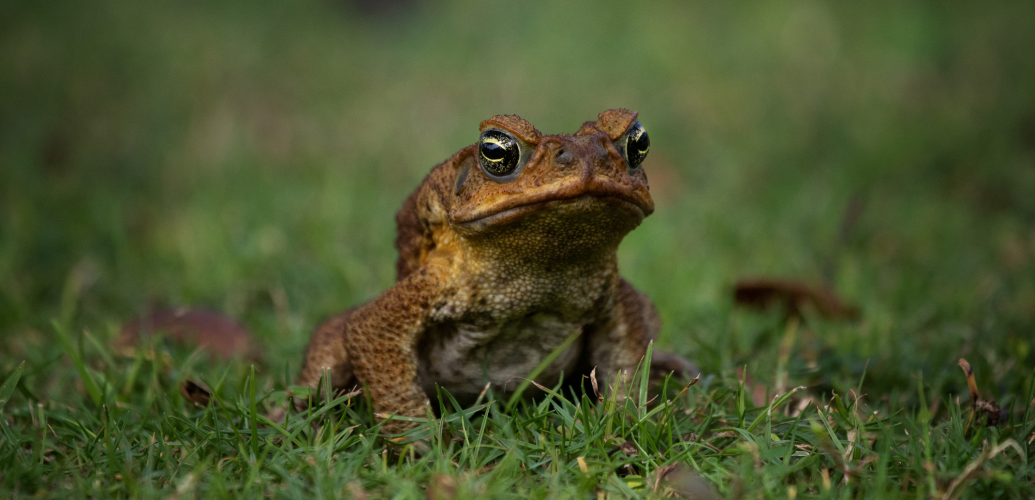5 Invasive species to look for right now
We are all ready for spring. The birds are returning, and the grass is greening. Bees hum by, butterflies drink from muddy pools, and the rhubarb noses out from its winter sleep. After a long pandemic winter, sitting down outside with the wild things and turning our faces to the warm sun feels like magic.
But not all that’s wild is welcome. In fact, there are aliens among us hanging out in our wood piles, wiggling around in nearby ponds, and pushing up from the cracks in the sidewalks. These are species of plants and wildlife that are not indigenous to the places we live, and can spread rapidly, causing harm to many ecosystems. Here are 5 major culprits in Canada. Can you spot them?
Hemlock Woolly Adelgid
This little pest has a hard name to say and is almost harder to see. It’s an aphid-like insect that attacks and kills hemlock by treating them like tree smoothies. Using its mouth-straw, it sucks out the water and nutrients from the base of the tree’s needles, leaving a telltale, little white little sac behind. You can keep your weird, woolly gift, Adelgid. We want our tree back. How you can help.
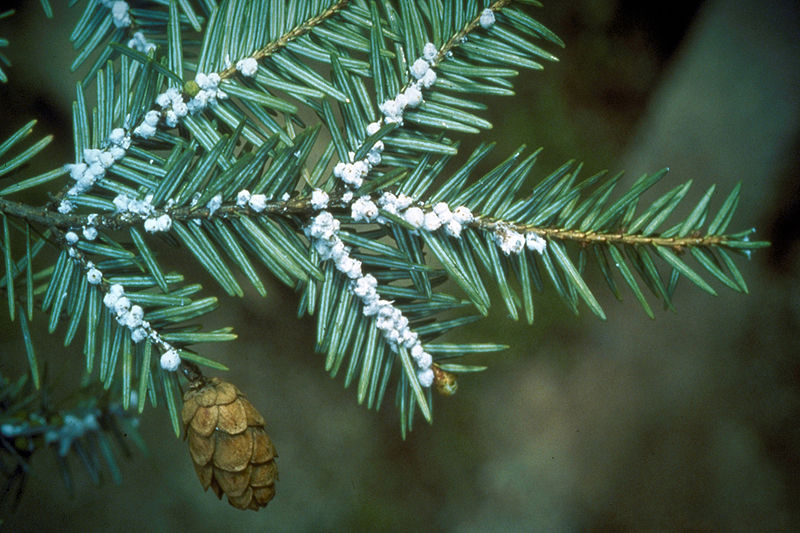
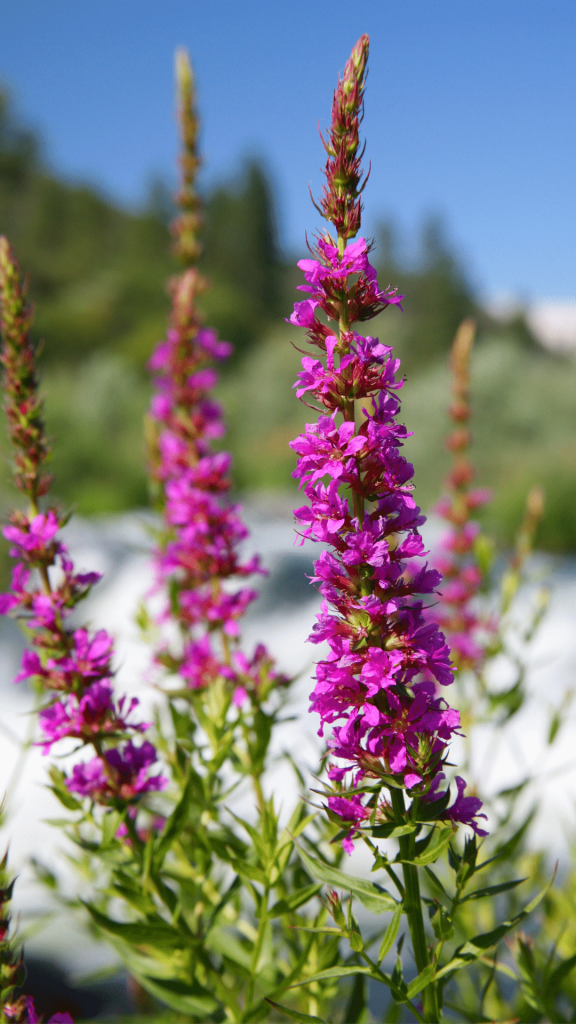
Purple loosestrife
You sure are pretty, purple loosestrife, with your tall purple and pink flowers and the come-hither wind-dancing. But we know better. You’re a fame monster, spewing your millions of seeds per plant and spreading across North America at breakneck speeds. The popularity has made you a jerk, choking out our shoreline plants, altering the water levels of our wetlands and even stealing habitat from nesting birds. Rude.
European and Asian Earthworms
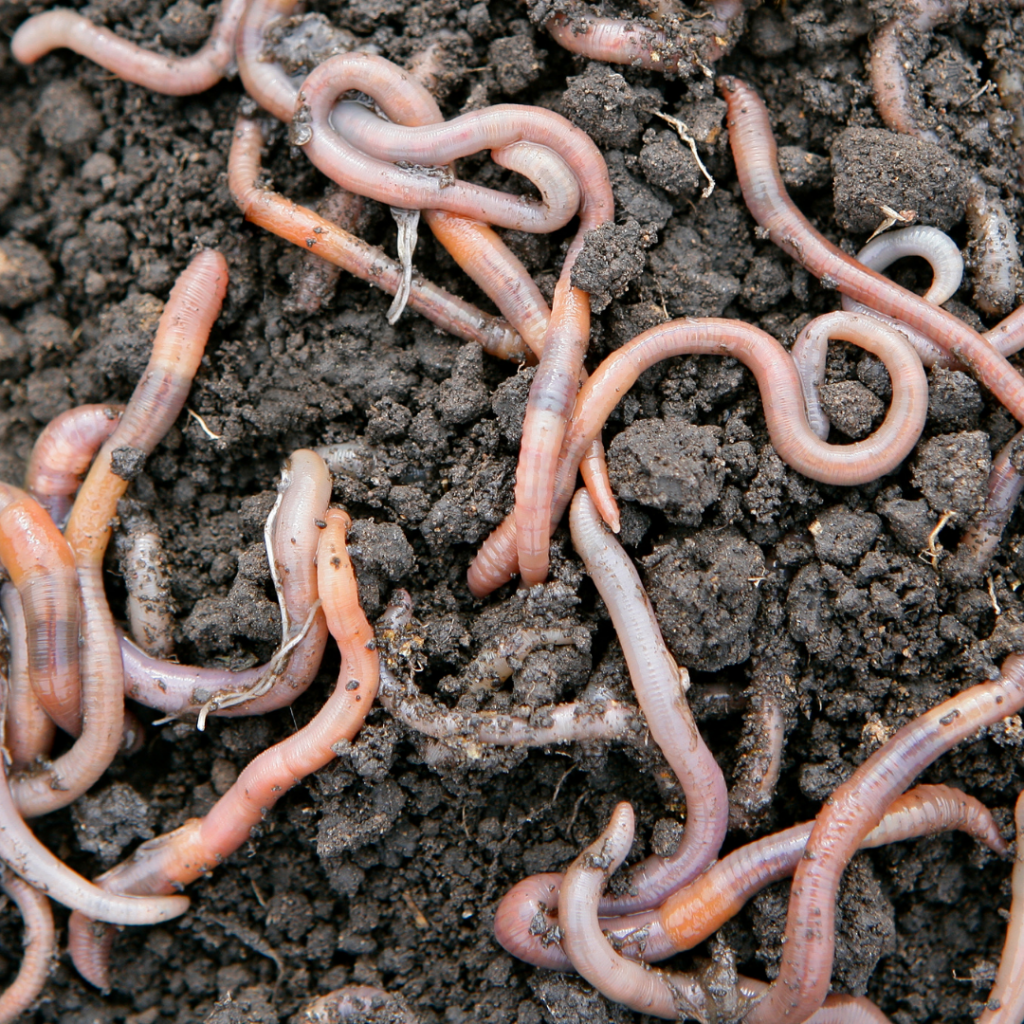
What are pink, wiggly and silent terrors of the forest? If you guessed big fat nightcrawlers, you got it. They chow down on forest floor leaves, robbing insects and native plants of protection, then pooping out dense soil that’s hard to grow in. Don’t be afraid to throw one of these bad boys (hermaprhodites, actually) on your hook, but make sure you clean your boots, gear and tires so that you don’t move them anywhere else. Read more.
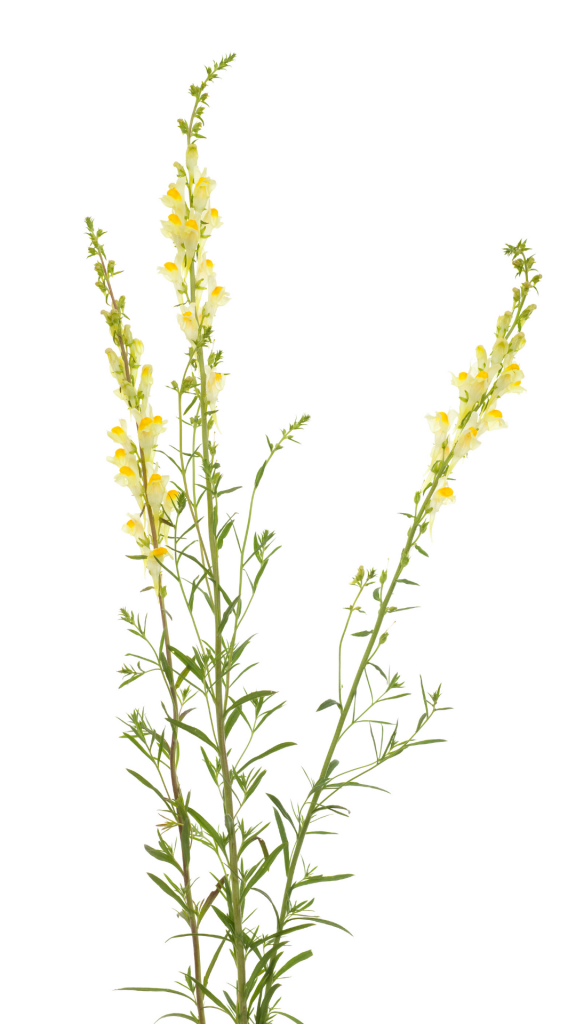
Yellow Toadflax
It has flowers like a snapdragon, but don’t be fooled. This plant doesn’t just go away at the end of gardening season. It already has its creepy claws (roots) sunk into the soil so tight, you might tweak your back trying to pull it. Not only does it force native plants out of their habitats, but it can negatively impact crops and rangeland.
Japanese Knotweed
This pushy plant can damage sidewalks and foundations put worming its way into concrete cracks. It’s the aggressive guest no one invited to native plant party, taking up way too much space and out-competing all the plants that actually belong there. It especially likes the water’s edge, growing along it in large mats that smother the shoreline.
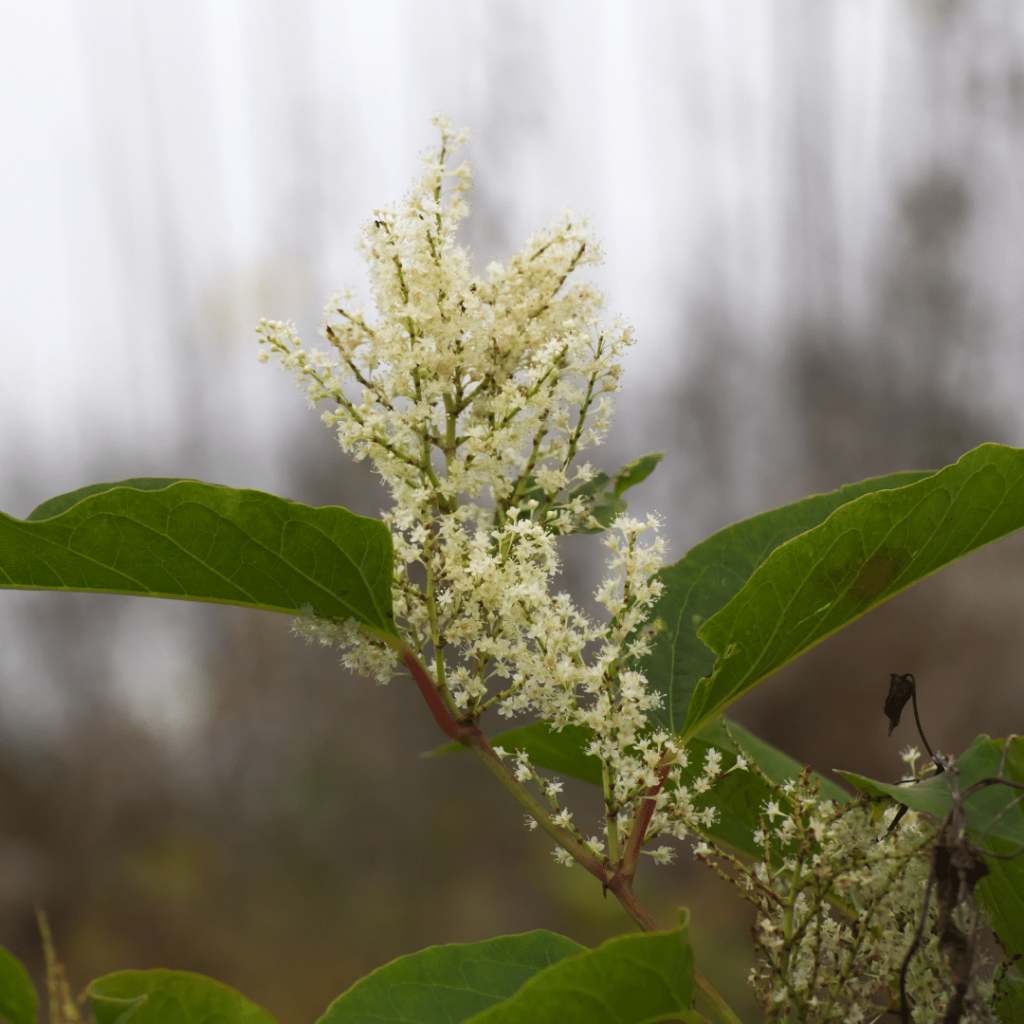
For more information and to find out how you can help
You might also like:

